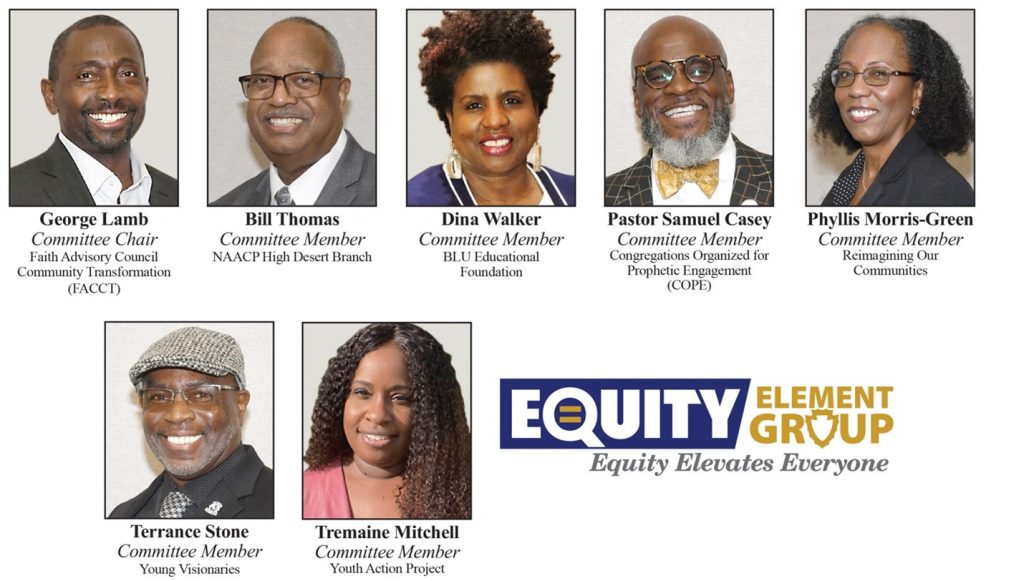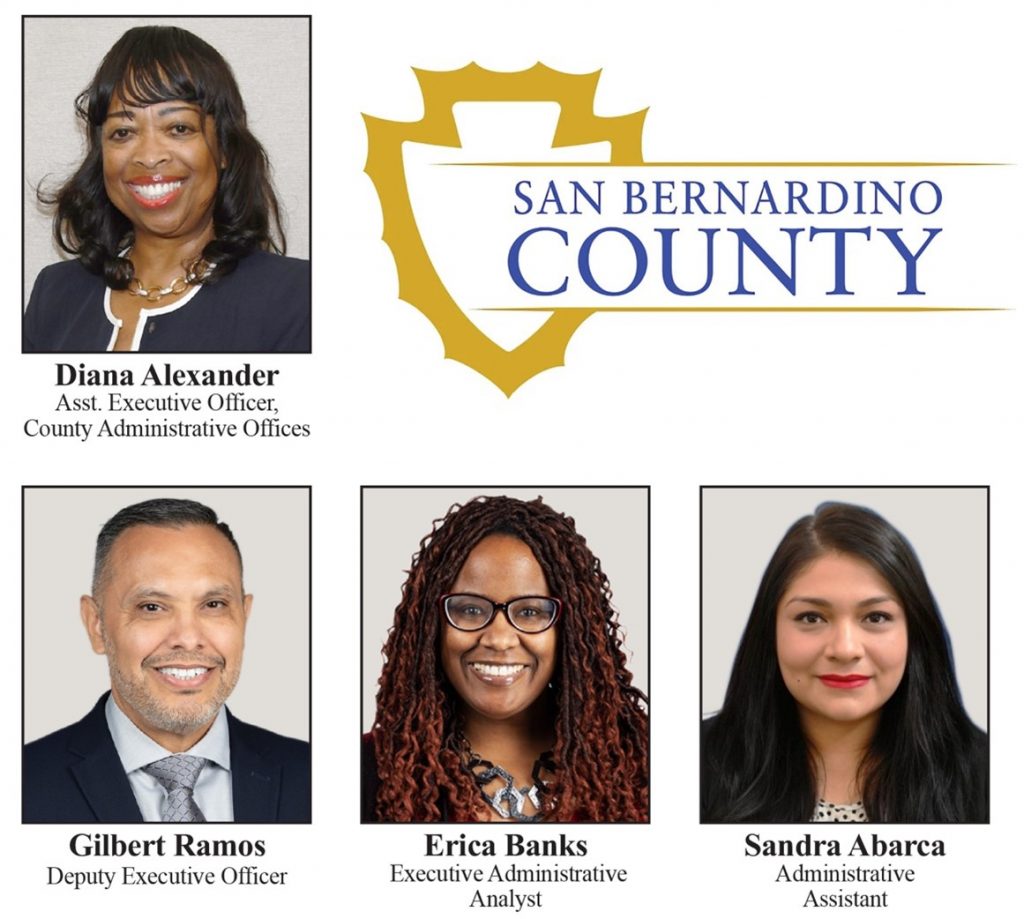Forest Lawn Celebrates Black History Month with One-Night-Only Performance & Community Event
LOS ANGELES, CA—Forest Lawn–Glendale celebrates Black History Month with a free, family-friendly event. The evening features a one-night-only performance of moving and enlightening music, dance, poetry, and special-guest speeches celebrating the African American experience and culture, following a community resource fair and reception.
On Saturday, February 1, 2025, from 4:00-6:00 PM the Black History Month event will commence with a community resource and networking fair with local education, health, housing, and volunteer resources, along with complimentary refreshments and beverages. At 6:00 PM Forest Lawn, in partnership with producer Charles Lane, will present a performance with a troupe of singers and dancers, a five-piece band, as well as distinguished speakers Anita Ortega and Marie Rogers. Dr. Brenda Threatt and Michael Ellington will narrate the evening festivities.
“Forest Lawn looks forward to celebrating Black History Month with inspiring performances that honor the strength and depth of African American culture,” says Rodolfo Saenz, Forest Lawn’s Senior Vice President, Marketing. “From the stories told by the stage performers to the craftspeople and community organizations who participate in the resource fair, this event will honor all aspects the African American experience.”
Forest Lawn’s Black History Month event takes place on Saturday, February 1, 2025, from 4:00-7:30 PM, inside the Hall of Crucifixion-Resurrection at Forest Lawn–Glendale, 1712 S. Glendale Avenue, Glendale, CA 91205. Doors open at 4:00 PM for the resource fair and pre-show reception with refreshments, music, and prizes, and continues with a 6:30 PM curtain for the performance. Seating will begin at 6:00 PM and is available on a first come, first served basis; standing room only is anticipated. Admission and parking are FREE.
Forest Lawn Museum’s exhibition Narcissus Quagliata: Archetypes and Visions in Light and Glass will also be on view in the neighboring Forest Lawn Museum until 5:00 PM. It is the first retrospective exhibition devoted to Narcissus Quagliata, one of the most influential figures in glass art from the past 50 years. From technical advances in glass fusing, to radical stylistic innovations, Quagliata has redefined what it means to be a glass artist and has been instrumental in moving stained glass beyond ecclesiastical and domestic settings and into the realms of public art and avant-garde studio practices for contemporary fine art. Visit www.forestlawn.com for more information.
For additional information and media inquiries about the Black History Month event or Forest Lawn Memorial–Parks & Mortuaries, please contact Tom Smith at 323.340.4742 or tsmith@forestlawn.com.
About Forest Lawn Memorial–Parks & Mortuaries
For more than a century, Forest Lawn has been an integral part of Southern California. Since its founding, Forest Lawn has committed itself to providing outstanding service and beautiful environments for family outings, remembering loved ones and commemorating holidays. Forest Lawn’s locations in the Los Angeles, Orange and Riverside counties serve all faiths and cultures, and offer a wide range of celebrations and special events with competitively priced cremation and traditional funeral services throughout Southern California. Glendale – FD 656
About the Hall of Crucifixion-Resurrection
Located next to Forest Lawn Museum, the Hall of Crucifixion-Resurrection showcases the Crucifixion (195 ft. x 45 ft.), which is the largest painting in the Western United States. It was painted by Polish artist Jan Styka in the 1890s. The building also houses the Resurrection (70 ft. x 51 ft.), which was painted by American artist Robert Clark in 1965. Visitors can view the newly revamped 18-minute, documentary-style audiovisual program, which includes a new video and narration that tell the history of two colossal paintings and the unique building that Forest Lawn created to house them. The audiovisual program runs Tuesday–Sunday on the hour (10 AM-4 PM, closed at 1 PM for lunch). Closed occasionally for special events. For more details about the Hall of Crucifixion-Resurrection, visit https://forestlawn.com/exhibits/the-hall-of-crucifixion-resurrection-2/.
Great Mausoleum visiting hours: Daily from 9:30 AM–4:15 PM
Admission and parking to Forest Lawn Museum, the Hall of Crucifixion-Resurrection, and the Great Mausoleum are FREE.
For more information or to schedule a free group tour, please call 323.340.4782, email museum@forestlawn.com, or visit https://forestlawn.com/museum.
The Hall of Crucifixion-Resurrection is located at Forest Lawn—Glendale, 1712 S. Glendale Blvd., Glendale, CA 91205. Please note, the Hall of Crucifixion-Resurrection is located at the top of the hill within Forest Lawn-Glendale. Please follow event signage.
About Forest Lawn Museum
Forest Lawn Museum first opened in 1952 and is now comprised of three galleries and a gift shop. The renowned permanent collection of sculpture, stained glass windows, mosaics, and architecture is spread across Forest Lawn’s six Southern California locations. Forest Lawn’s founder, Dr. Hubert Eaton, wrote in his Builder’s Creed that our park should be “a place where artists study and sketch; where school teachers bring happy children to see the things they read of in books.” In that spirit, selections of Forest Lawn Museum’s permanent collection of photographs, paintings, and bronze and marble sculptures are on display in the museum’s front gallery. Forest Lawn Museum typically dedicates two galleries to world-class rotating exhibits, which focus on topics ranging from aerial photography to puppetry to stained glass.
Forest Lawn Museum is located adjacent to the Hall of Crucifixion-Resurrection, which houses the Crucifixion, a 195-foot wide by 45-foot-high painting by Polish artist Jan Styka. Other notable pieces in Forest Lawn’s collection can be found in the Great Mausoleum, including the Last Supper stained glass window by artist Rosa Caselli-Moretti, the Poets’ Windows, and marble replicas of Michelangelo’s Moses and Pietà.
 Westside Story Newspaper – Online The News of The Empire – Sharing the Quest for Excellence
Westside Story Newspaper – Online The News of The Empire – Sharing the Quest for Excellence

